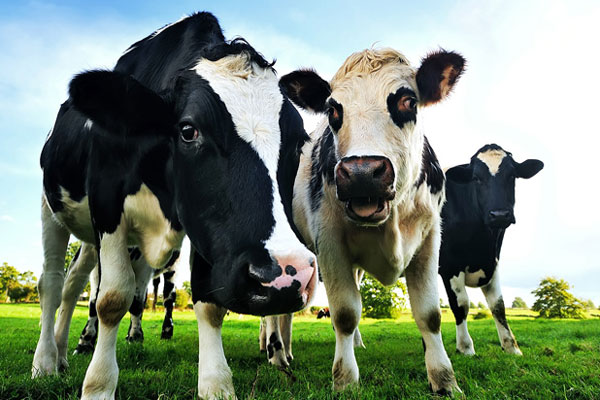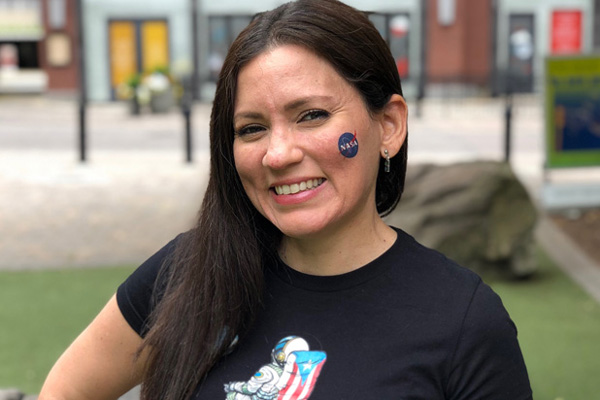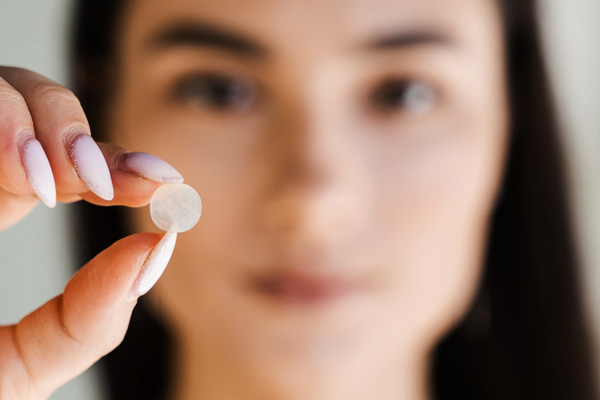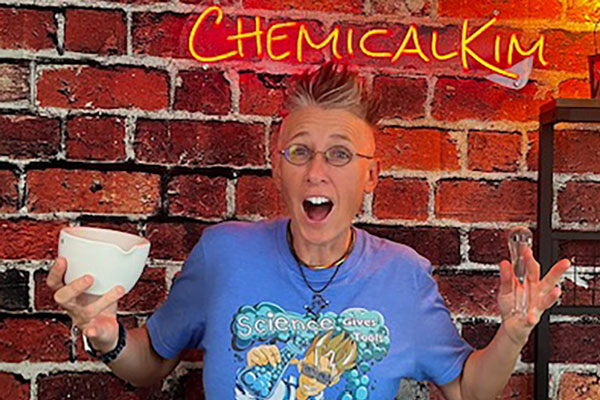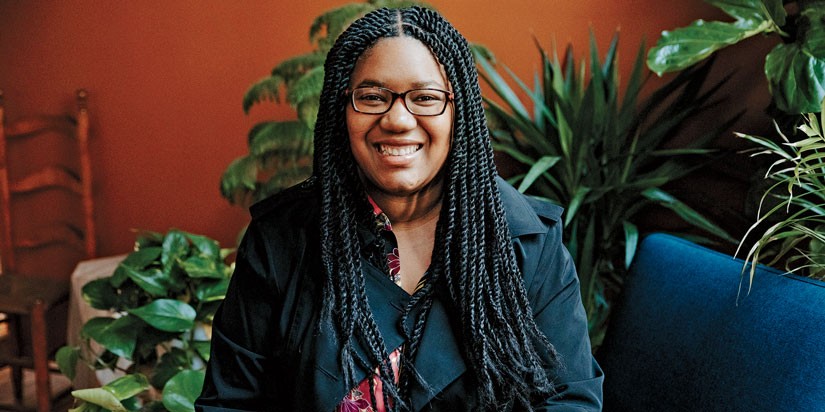
Kayla Ivey
B.S.: Chemistry, Kent State University
WHAT SHE DOES NOW: Product Development Scientist, GOJO Industries
Downloads:
In 2020, as consumers snapped up every bottle in the early days of the COVID-19 pandemic, Kayla Ivey set to work. A product development scientist at GOJO Industries, a company that makes skin health and hygiene products, Ivey is the lead formulator for the Purell brand of hand sanitizer.
The company activated its demand-surge preparedness team in December 2019, in response to news of the virus that we now know as SARS-CoV-2. Over subsequent months, the company responded to stagger-ing demand by adding multiple new facilities and hiring more than 500 extra employees.
Meanwhile, Ivey took on more projects than ever, including launching multiple new hand sanitizer products. In August 2021, she introduced herself on Twitter using #Black-inChemRollCall—a hashtag for Black scientists to talk about their expertise and their journeys in chemistry—and shared photos of two products she had developed. The tweet generated thousands of likes and scores of appreciative comments.
A version of this article first appeared on March 3, 2022, in ACS Central Science, a journal published by the American Chemical Society. The interview was edited for length and clarity.
What general components make up hand sanitizer, and what’s the purpose of each?
The main component is the active ingredient, the thing that’s actually doing the germ-killing. In our sanitizer, it’s mostly ethanol. The U.S. Food and Drug Administration sets the minimum concentration of ethanol in hand sanitizers at 60%.
For our gel sanitizers, we have gelling agents, usually water-soluble polymers. For the foam sanitizers, we have foaming agents, usually a water-soluble surfactant. The rest of the formula is mostly skin moisturizers.
Tell me how the early days of the pandemic unfolded for you.
The company ramped up manufacturing starting in January 2020. I remember having a meeting about the ramp-up at the end of that January, but at the time I didn’t think it was that big a deal. The pandemic definitely elevated the use of hand sanitizer, and these new products met consumers’ preferences for formulation and usage.
In a normal year, I would only have two or three projects, and usually we give ourselves one to two years for each one. Getting six new projects and being told that almost all of them needed to be launched within the next six to nine months was a little wild.
What was it like for your #BlackInChemRoll-Call tweet to, if you’ll pardon the expression, go viral?
In 2020, I tweeted something very similar, and it got some likes. But, in 2021, almost the exact same tweet went a lot further. It was kind of shocking. I tweeted it and just went about my day. When I checked back, I saw a text from my uncle, who said, “Did you know your tweet’s going crazy?” I think something that helped with the second tweet is that by that point, two new hand sanitizers I’d launched were on shelves. Some people were responding to the tweet to say, “I just bought this yesterday. That’s so cool that you made this!”
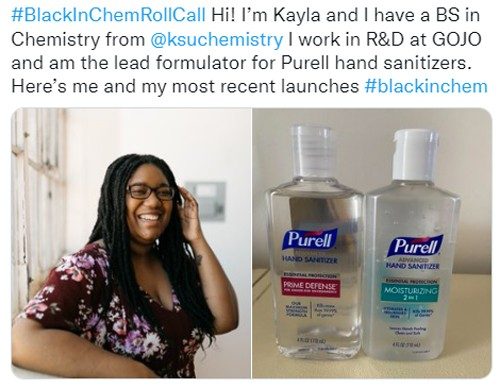
How have you been using Twitter to encourage Black excellence in chemistry?
Because of that tweet, teachers and professors have invited me to speak to their high school and college chemistry classes. One of the main things I try to get across is how far you can go with a bachelor’s degree, like me.
I was hired a week after I graduated. After starting at GOJO, I met scientists in advanced roles who only had a bachelor’s degree, and I realized that I could work my way up.
Also, it wasn’t until I got to college that I found out that a lot of science Ph.D. programs are funded and that you can actually get a stipend. I think some people are discouraged about even going into grad school for science because they think they have to fork over the money for it.
What has working during the pandemic taught you about yourself?
It taught me that I easily adapt to change, more than I thought I could. It pushed me out of my comfort zone.
The structure of working from home and social distancing helped me become a better bench chemist. We had to reserve lab time to make sure that there wouldn’t be too many people in the lab at once.
When I was home, I did a lot of ideation before going into the lab, to make my lab time run as smoothly as possible. I’m a lot more confi dent in my abilities. I was able to make a final product with fewer iterations along the way, which as a chemist is very exciting.


